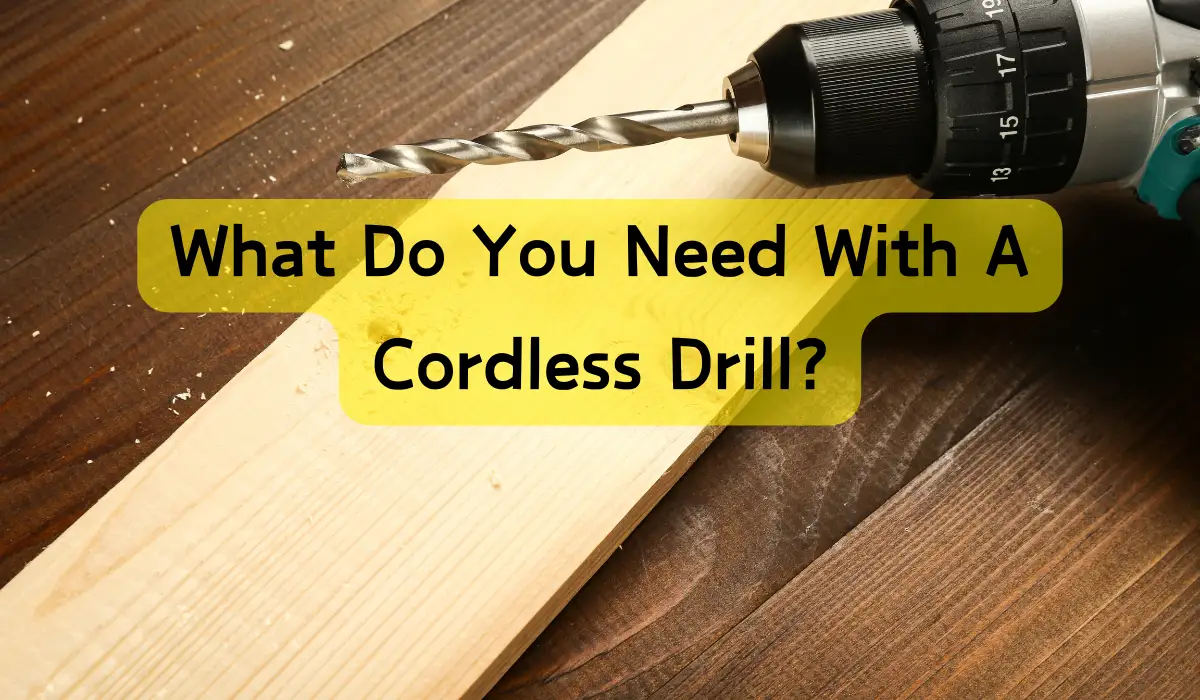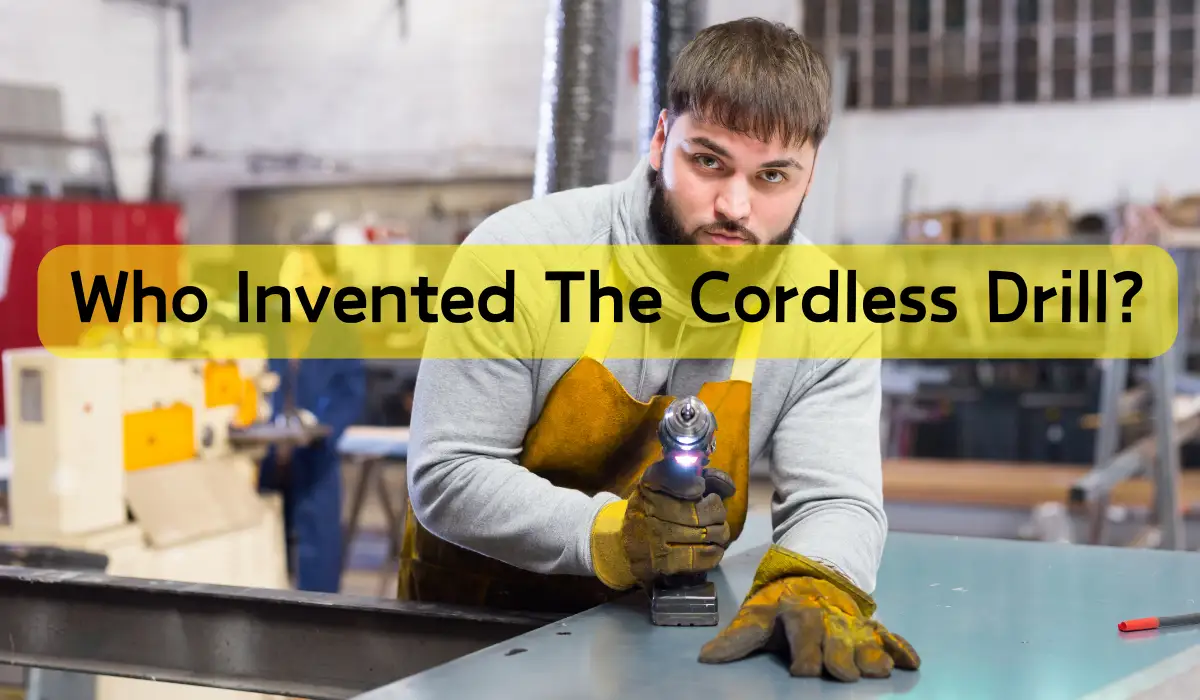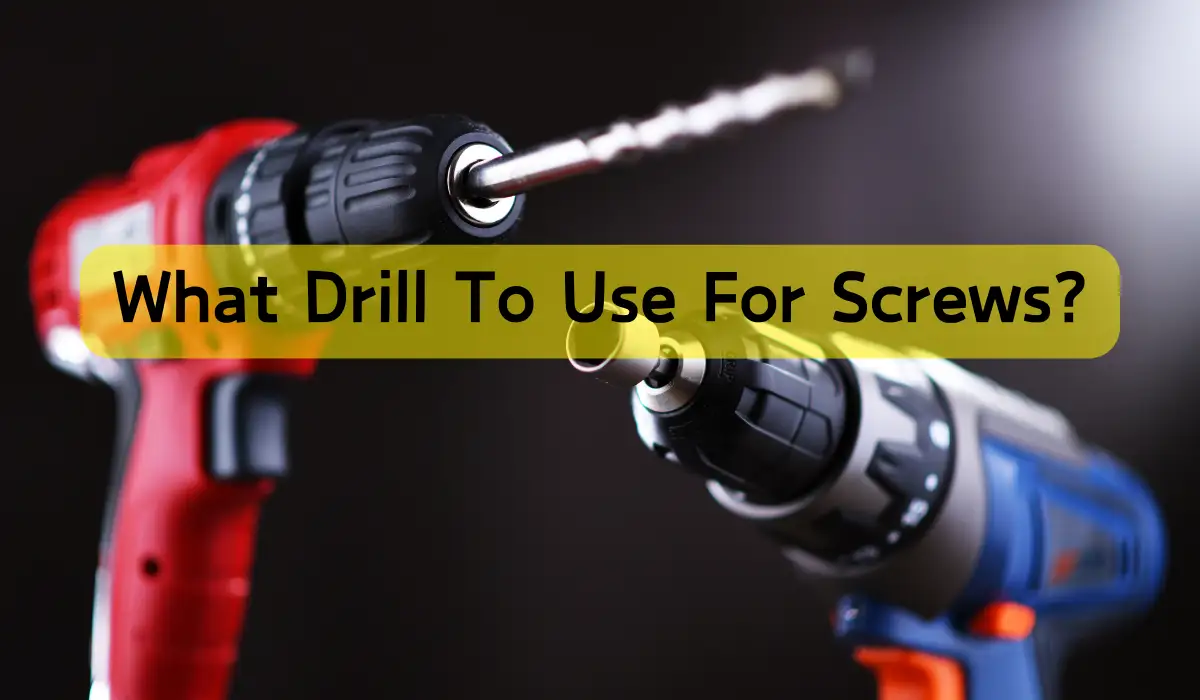You’ll need a combination of the right drill bits, driver heads, batteries, and chargers to get the most out of your cordless drill. Different drill bits are designed for specific tasks, like drilling through wood, metal, or concrete. You’ll also need driver heads tailored to the task at hand. A reliable battery and charger are essential, as is a well-organized case to keep everything in check. Add some must-have accessories like a set of reliable drill bits and a drill bit sharpener, and you’re ready to tackle any project. Now that you know the basics, you’re ready to tap the full potential of your cordless drill.
Jump to
Key Takeaways
• A set of reliable drill bits, including twist bits, step bits, and masonry bits, to tackle various drilling tasks.
• A driver head suitable for the task, such as flathead, hex, or socket, and in the correct size for the screws or bolts.
• A high-quality battery with sufficient voltage and ampere-hour rating, and a charger that efficiently charges and protects the battery.
• A durable and organized case with dedicated compartments to store the drill, batteries, and bits, and protect them during transport.
• Safety equipment, such as safety glasses, dust mask, and gloves, to prevent accidents and injuries while drilling.
Choosing the Right Drill Bits
When selecting the right drill bits for your cordless drill, you’ll want to think about the type of material you’re working with, as different bits are designed to handle specific tasks, such as drilling through wood, metal, or concrete.
For example, twist bits are ideal for drilling through wood and plastic, while step bits are perfect for drilling through metal.
If you’re working with concrete or brick, you’ll need a masonry bit, which is designed to withstand the hardness of these materials.
It’s also important to take into account the size of the drill bit you need. Drill bits come in various sizes, ranging from 1/16 inch to 1 inch or more.
You’ll want to choose a bit that’s the right size for the screw or hole you’re trying to drill.
Additionally, think about the type of finish you want to achieve. Do you need a precise hole or a rough hole?
This will help you decide between a pilot bit or a spade bit.
Selecting the Best Driver Heads
You’ll need to pair your cordless drill with the right driver heads to tackle a variety of tasks, from driving screws to loosening bolts.
When selecting driver heads, consider the type of project you’re working on and the materials you’re using. For example, if you’re working with wood, a flathead driver head is a good choice. For metal or concrete, a hex or socket driver head is more suitable.
Think about the size and type of screws or bolts you need to drive. Do you need a precision driver head for small screws or a heavy-duty driver head for large bolts?
Some driver heads come with adjustable torque control, which is useful for delicate projects. Others have built-in LED lights to illuminate your work area.
When choosing driver heads, also consider the material they’re made of. High-quality driver heads are often made from durable materials like chrome vanadium or titanium, which can withstand heavy use.
Cordless Drill Battery Essentials
Your cordless drill’s battery is its lifeblood, and understanding its essentials is essential to maximizing its performance and extending its lifespan.
You need to know the type of battery your drill uses, whether it’s Nickel-Cadmium (Ni-Cd), Nickel-Metal Hydride (NiMH), or Lithium-Ion (Li-ion). Li-ion batteries are the most popular choice for cordless drills due to their high energy density and long cycle life.
You should also be aware of the battery’s voltage and ampere-hour (Ah) rating. A higher voltage means more power, while a higher Ah rating translates to longer battery life.
Additionally, consider the battery’s charge cycles, as this affects its overall lifespan. Look for batteries with a high number of charge cycles to minimize replacements.
Moreover, it’s imperative to follow proper storage and maintenance procedures to prevent battery damage. By understanding these battery essentials, you’ll be able to choose the right drill for your needs and achieve peak performance.
The Importance of Chargers
As a fundamental component of your cordless drill system, a charger plays an essential role in maintaining your tool’s performance and longevity. You need a charger that can efficiently charge your batteries, ensuring you can get back to work quickly. A good charger should also protect your batteries from overcharging, overheating, and deep discharging, which can reduce their lifespan.
When choosing a charger, consider the following factors:
| Feature | Why it Matters |
|---|---|
| Quick Charging | Saves you time and increases productivity |
| Multi-Voltage | Allows you to charge different voltage batteries |
| Cooling System | Prevents overheating and prolongs charger lifespan |
| LED Indicators | Provides charging status and error notifications |
| Compact Design | Saves space and makes storage easier |
Organizing With Drill Cases
With a reliable charger in place, it’s time to turn your attention to keeping your cordless drill and accessories organized and within easy reach with a well-designed drill case.
You’ll be surprised at how a good case can boost your productivity and reduce frustration. A well-organized drill case keeps your drill, batteries, and bits neatly stored and easily accessible, saving you time and reducing clutter.
Choose a case that fits your drill and accessories snugly, with dedicated compartments for each item.
This will prevent scratching and damage to your tools. Consider a case with a durable design, sturdy handle, and secure closure to protect your gear during transport.
Some cases even have additional features like a built-in level or measuring scale, making it a valuable addition to your toolkit.
Must-Have Drill Accessories
A set of reliable drill bits is the first must-have accessory for any cordless drill owner, allowing you to tackle a wide range of projects and applications. You’ll want a set that includes twist bits, spade bits, and hole saws to cover various drilling needs.
Next, consider a drill bit sharpener to keep your bits in top condition.
A cordless drill’s versatility is greatly enhanced with a socket adapter, which lets you use your drill as a driver for bolts and nuts.
You’ll also appreciate a drill chuck key, making it easy to change bits quickly.
Additionally, a level and a stud finder can facilitate accurate drilling and minimize mistakes.
Finally, don’t forget a drill holster or belt clip to keep your drill within easy reach, freeing up your hands for other tasks.
With these must-have accessories, you’ll be well-equipped to tackle any project that comes your way.
Bits and Drivers for Specific Tasks
You’ll need specialized bits and drivers to tackle specific tasks, such as drilling through metal, wood, or concrete, or driving screws and bolts of various sizes.
For instance, if you’re working with metal, you’ll need a twist bit or a step bit designed specifically for metal drilling. These bits have a harder, more durable tip to withstand the metal’s hardness.
For wood, you’ll require a spade bit or a hole saw to make clean, precise holes.
And when working with concrete, a masonry bit is a must-have. It’s designed to handle the abrasive nature of concrete and can withstand the high torque required to drill through it.
When it comes to driving screws and bolts, you’ll need drivers in various sizes to accommodate different screw and bolt heads.
A set of hex drivers (also known as Allen wrenches) and a socket adapter can come in handy for driving bolts.
Having the right bits and drivers for the task at hand will guarantee you get the job done efficiently and effectively.
Safety Equipment for Drilling
Protect your eyes and face from flying debris by wearing safety glasses or goggles whenever you’re drilling, as even a small chip or shard can cause serious injury. You don’t want to risk permanent damage or blindness from a preventable accident. Make it a habit to put on your safety glasses or goggles every time you pick up your cordless drill.
In addition to protecting your eyes, wear a dust mask when drilling into materials that produce fine particles, like drywall or concrete. This will prevent inhalation of harmful dust and debris. You should also wear a long-sleeved shirt, long pants, and closed-toe shoes to prevent skin exposure to flying debris.
When working in a small, enclosed space, guarantee good ventilation to prevent the buildup of dust and fumes. Keep children and pets away from your workspace to avoid accidents. By taking these simple precautions, you’ll be able to drill safely and confidently, completing your projects without risking your health or well-being.
Cordless Drill Maintenance Tools
Regular cleaning and inspection of your cordless drill‘s key components, such as the battery, motor, and chuck, is essential to maintaining its performance and prolonging its lifespan.
You’ll need a few basic tools to keep your drill in top condition. A soft-bristled brush or cloth is perfect for gently removing dust and debris from the exterior and vents. For tougher grime, a mild detergent and water can be used.
When inspecting your drill, look for signs of wear on the motor and chuck. Check for loose screws or damaged parts that need replacement. A screwdriver and Allen wrench will come in handy for making adjustments or replacing parts.
Don’t forget to clean and inspect your battery contacts regularly to maintain a strong connection. A small can of compressed air can help blow out dust and debris from the battery compartment and vents.
Frequently Asked Questions
Can I Use a Cordless Drill for Heavy-Duty Construction Projects?
You can use a cordless drill for heavy-duty construction projects, but it depends on the drill’s power and features; if it’s high-torque and has a reliable battery, you’ll be good to go, but if not, you might need a more heavy-duty tool.
How Do I Store My Cordless Drill When Not in Use?
When you’re not using your cordless drill, you’ll want to store it safely to prolong its lifespan. You’ll need a dry, cool place, away from children and pets, and consider a protective case or hook to keep it organized and secure.
Are Cordless Drills Suitable for Left-Handed Users?
You’ll be happy to know that cordless drills are ambidextrous, suiting both right- and left-handed users. The drill’s ergonomic design and reversible bits facilitate a comfortable grip and ease of use, regardless of your handedness.
Can I Use My Cordless Drill in Wet or Humid Environments?
You can use your cordless drill in wet or humid environments, but be cautious; water and electronics don’t mix. Check your drill’s IP rating, which indicates its resistance to solid particles and water.
Do Cordless Drills Come With a Warranty or Guarantee?
You typically get a warranty or guarantee with your cordless drill purchase, covering defects and repairs for a specific period, usually 1-5 years, depending on the manufacturer and model you’ve chosen.



